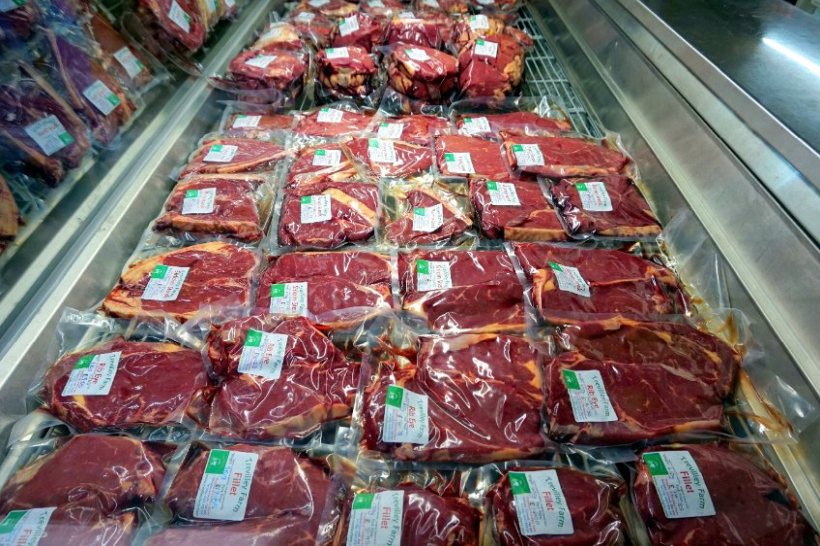
The cost of living crisis is forcing consumers to cut back on their meat intake, according to AHDB analysis.
Inflation is now neck and neck with health as the top driver of meat reduction, the levy board says.
Consumers who believe that beef and red meat currently have good prices and offers has now reduced to only 10% and 6% respectively.
High prices are particularly damaging for cuts such as roasting joints and steaks where higher prices are a barrier for many consumers.
Consumers may choose to opt for cheaper cuts such as, but AHDB’s consumer tracker is showing larger proportions of the public now perceiving mince as expensive, rising from 11% to 19% over the last 12 months.
Demand for hind quarter cuts is likely to drop further as inflationary pressures are also likely to put a brake on food service recovery.
According to an AHDB/You Gov consumer tracker, 36% are planning to eat out less than pre-pandemic. 77% of those say it is to save money.
Year on year retail sales are now being compared to 2021 which saw a period of pandemic restrictions where in-home eating was above the average.
Susie Stannard, AHDB consumer insight manager explains: “We would therefore expect to see a downturn in retail sales of meat and other products since last year.
“However, there are signs that high prices are also taking their toll, particularly on more premium proteins such as lamb which is down by 12% compared to pre-pandemic .
According to AHDB’s analysis, retailers will need to look for ways to support consumers through the cost of living crisis.
“Consumers may need to revisit some of the more old-fashioned ways of making meat stretch further via creative use of leftovers and ensure they minimise food waste,” Ms Stannard says.
“Promotional strategies will need to be carefully thought out as well to manage volumes passing through the supply chain at key periods such as Christmas and other key events and to maintain carcase balance.”
